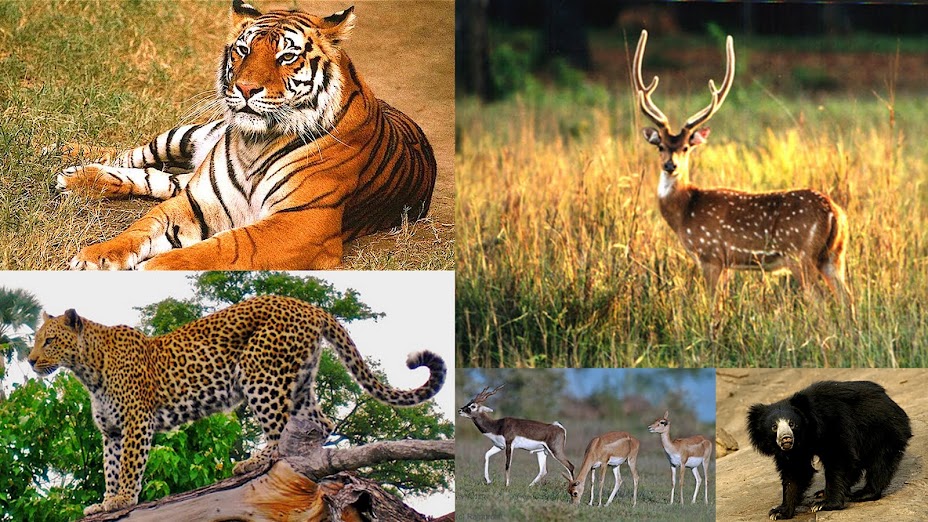
NEW
DELHI: Armed with 'scientific evidence' that the African cheetah is
'not an alien species' and can survive in India, the government is
planning to petition the Supreme Court to allow the import of the animal
that became extinct 60 years ago.
The environment ministry's proposal comes after the apex court last month quashed the Rs 300 crore project to import and re-introduce the Namibian cheetah in India. The court had termed the environment ministery's decision as 'arbitrary and illegal' and a clear violation of the Wildlife Protection Act.
The environment ministry's proposal comes after the apex court last month quashed the Rs 300 crore project to import and re-introduce the Namibian cheetah in India. The court had termed the environment ministery's decision as 'arbitrary and illegal' and a clear violation of the Wildlife Protection Act.
The first batch of cheetahs from Namibia was to reach India by mid-2012
and was to be reintroduced in Madhya Pradesh's Kuno Palpur wildlife
sanctuary. But the idea was dropped after the apex court's slammed the
ministry for poor planning.
Eager to import the cheetah, the ministry has now decided to present "scientific evidence" to support its project to import the lithe and one of the fastest animal.
"We have decided to approach the Supreme Court based on scientific evidence that the African cheetah is not alien to India and can survive here," a senior ministry official said on condition of anonymity.
The National Tiger Conservation Authority (NTCA), which is handling the programme, has called a meeting of the Project Cheetah task force on May 23.
"The task force will discuss it and give clearance," the official said. The task force will convey its decision to Environment Minister Jayanthi Natarajan. She will then give a go-ahead for the proposal to be convyed to the Supreme Court," the official said.
As the Supreme Court had rejected Kuno Palpur Wildlife Sanctuary for re-introducing the cheetah on various grounds, including the fact that the Asiatic lion from Gir is also being re-located there, the ministry has now proposed two new sites as the habitat for the cheetah.
"We are proposing Nauradehi Wildlife Sanctuaries (in Madhya Pradesh) and Shahgarh Landscape (in Jaisalmer in Rajasthan) after our first choice was rejected," the official said.
The sites were selected in 2009 based on a detailed study by the wildlife experts.
The official defended the earlier proposal of re-locating the cheetah, saying the apex court was "not properly appraised" about the scientific evidence that backed the project.
"The cheetah which existed in India is only genetically different from African Cheetah and not an alien species. It can survive in the sites that our wildlife experts have selected," the official said.
Today, the cheetah is found only in the arid regions of eastern Iran in Asia and in Botswana, Namibia and South Africa.
Eager to import the cheetah, the ministry has now decided to present "scientific evidence" to support its project to import the lithe and one of the fastest animal.
"We have decided to approach the Supreme Court based on scientific evidence that the African cheetah is not alien to India and can survive here," a senior ministry official said on condition of anonymity.
The National Tiger Conservation Authority (NTCA), which is handling the programme, has called a meeting of the Project Cheetah task force on May 23.
"The task force will discuss it and give clearance," the official said. The task force will convey its decision to Environment Minister Jayanthi Natarajan. She will then give a go-ahead for the proposal to be convyed to the Supreme Court," the official said.
As the Supreme Court had rejected Kuno Palpur Wildlife Sanctuary for re-introducing the cheetah on various grounds, including the fact that the Asiatic lion from Gir is also being re-located there, the ministry has now proposed two new sites as the habitat for the cheetah.
"We are proposing Nauradehi Wildlife Sanctuaries (in Madhya Pradesh) and Shahgarh Landscape (in Jaisalmer in Rajasthan) after our first choice was rejected," the official said.
The sites were selected in 2009 based on a detailed study by the wildlife experts.
The official defended the earlier proposal of re-locating the cheetah, saying the apex court was "not properly appraised" about the scientific evidence that backed the project.
"The cheetah which existed in India is only genetically different from African Cheetah and not an alien species. It can survive in the sites that our wildlife experts have selected," the official said.
Today, the cheetah is found only in the arid regions of eastern Iran in Asia and in Botswana, Namibia and South Africa.


